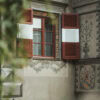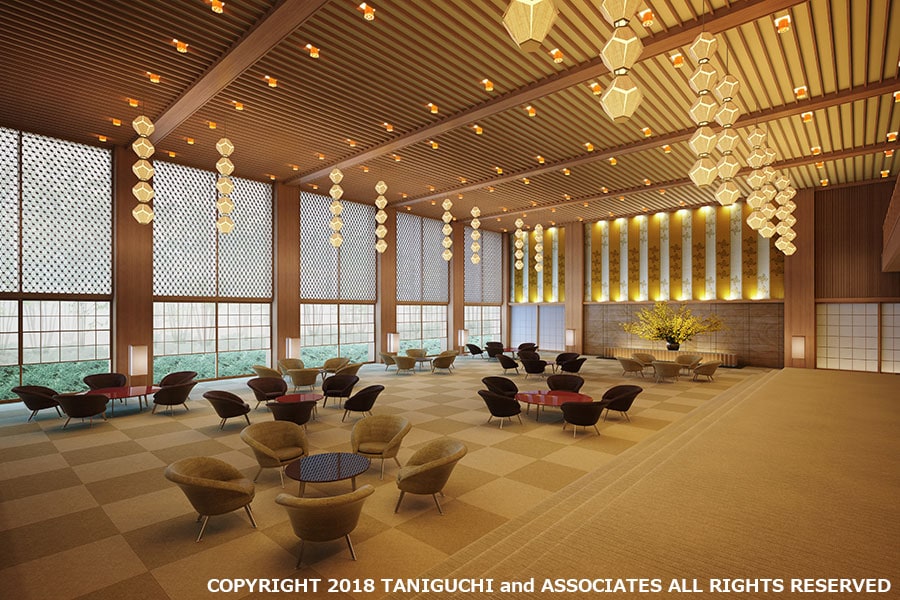“I’m very sorry, but not one room in the hotel. You’re two days early. Olympic, you know.”
In the whimsical opening scene of the 1966 movie “Walk, Don’t Run” Cary Grant’s character has no luck at the Hotel Okura Tokyo. He is greeted by the housing shortage caused by the 1964 Summer Olympics.
Defining landmark of Tokyo
The Hotel Okura has been a defining landmark of Tokyo since its opening in 1962. World leaders, royals and film stars have been hosted in this modernist masterpiece of Japanese hospitality. Among a worldwide outcry the beloved Hotel Okura was torn down in 2015 to make room for its replacement The Okura Tokyo. The new hotel will open on September 12th, just in time for the Olympic Summer Games in 2020. The intent to save the legacy of the original hotel can be found throughout the hotel.
As Leonardo da Vinci said, simplicity is the ultimate sophistication. This is what we are trying to realize with The Okura Tokyo, a hotel designed on the philosophy of simplicity and elegance,
said Toshihiro Ogita, President of Hotel Okura.
It remains to be seen, whether the new hotel can deliver on that aspiration. From the outside The Okura Tokyo will look very different from its beloved predecessor. Two glass skyscrapers, with a total of 508 rooms, cover the spacious grounds in the centre of Tokyo. The new entrance to the hotel complex, The Okura Square, features not only the second coming of the 1917 established The Okura Museum of Art but also a large waterscape und lush vegetation that mirror the change of seasons.
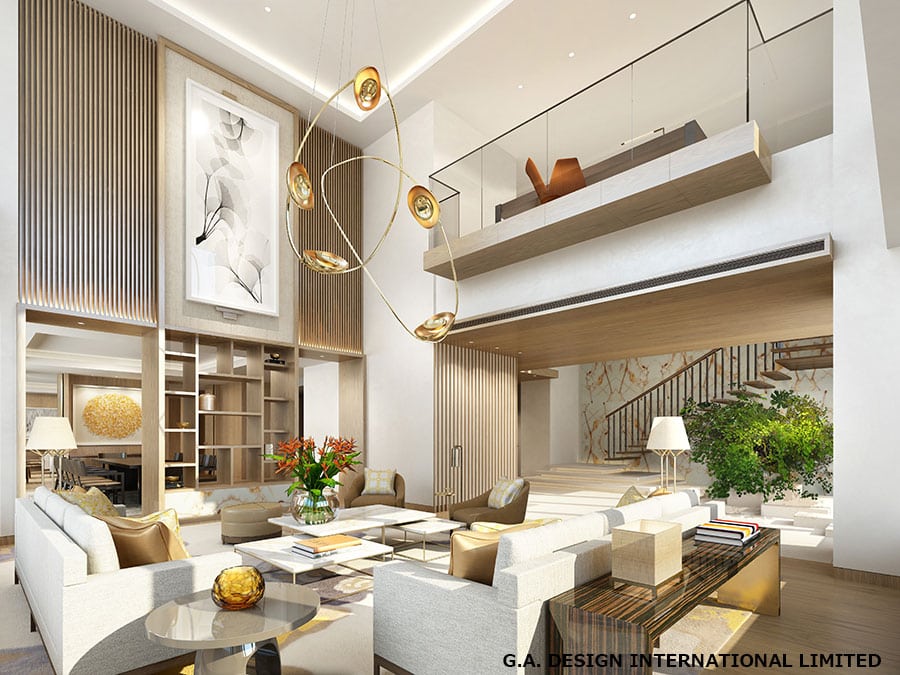
The Okura Heritage Wing
The smaller of the two buildings, The Okura Heritage Wing, is a 75-meter, 17-story structure with views of gardens and lush green on three sides. The Wing is a top-end luxury hotel with a classically Japanese atmosphere. The spacious guest rooms have an overall width of eight meters, making them one of the largest standard hotel rooms in Tokyo. All rooms come equipped with steam saunas and spa baths –relaxation should come fairly easy. The Yamazato Japanese restaurant will make its long-awaited return, as will the renowned Chosho-an tea ceremony room.
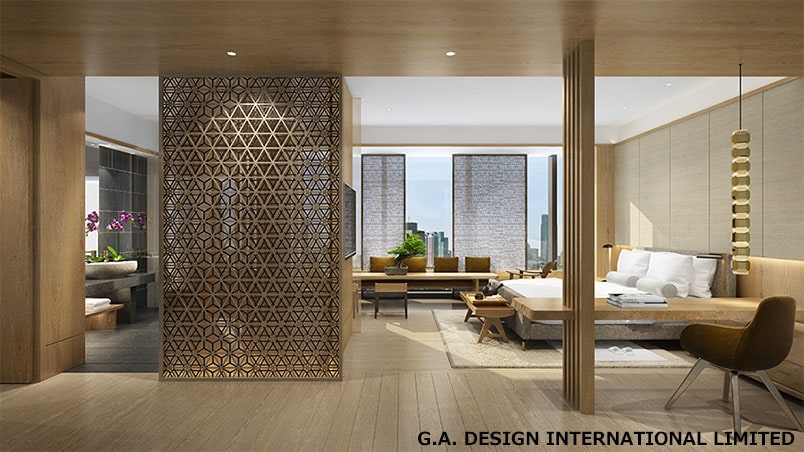
The Okura Prestige Tower
The larger Okura Prestige Tower rises 188-meters into the air and covers 41-stories. Guest rooms begin on the 28th floor thus offering sweeping vistas of Tokyo. Premium quality accommodation accented with refined Japanese aesthetics can be expected. The Tower offers fine dining options and one of the largest ballrooms of any hotel in the city. The atmospherically low-lit Orchid Bar, once a favourite of diplomats from the nearby American Embassy, has also been recreated.
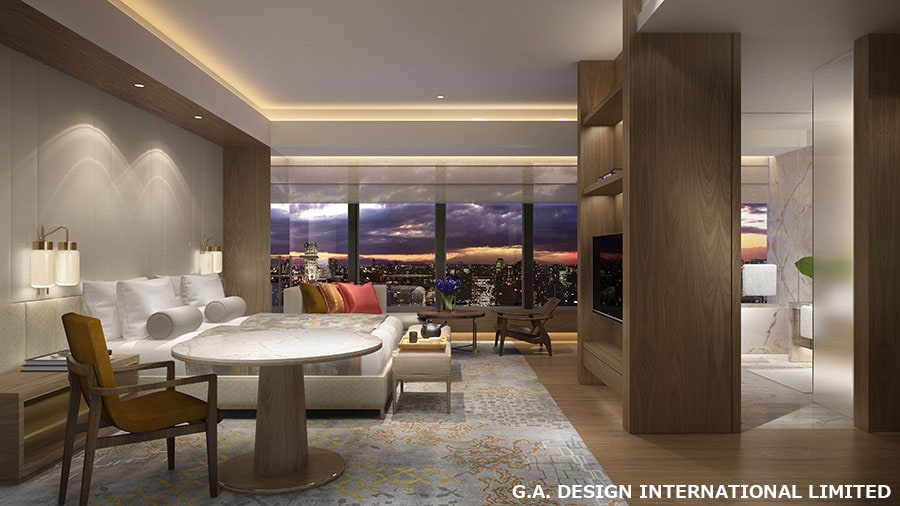
The Okura Prestige Tower will offer standard-size guest rooms measuring some 50sqm and afford vistas of the Tokyo metropolis from expansive windows.
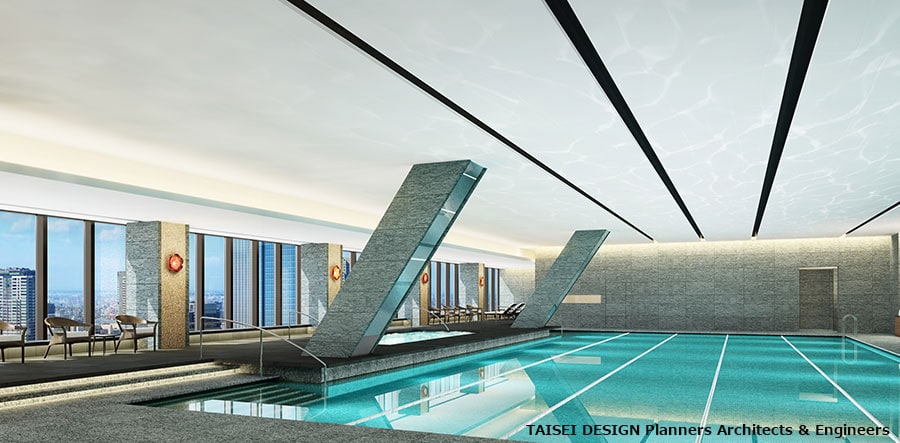
The Tower will offer access to The Okura Fitness & Spa for exercise and relaxation against the backdrop of panoramic views of Tokyo on the 26th and 27th floors.
Japan’s return to the international society
Designed by the architects Yoshiro Taniguchi and Hideo Kosaka the Hotel Okura Tokyo represented Japan’s return to the international society after the Second World War.“It was a collaborative work with Japanese traditional aesthetic, artisans’ handwork and the highest-class art made by living national-treasure artists,” says Hiroshi Matsukuma, a professor at Kyoto Institute of Technology and head of Docomomo Japan, a group that tries to safeguard modernist architecture.
Everything was done with the Japanese spirit of wa, or harmony, in mind.
Restaurants
Dining choices in The Okura Heritage Wing will include Yamazato, where guests will enjoy Japanese cuisine ranging from breakfast to kaiseki multicourse meals with views across a lovely Japanese garden, the Chosho-an tea ceremony room, and Fine Dining, which will serve culinary creations based on French cuisine accented with Japanese seasonal delicacies.
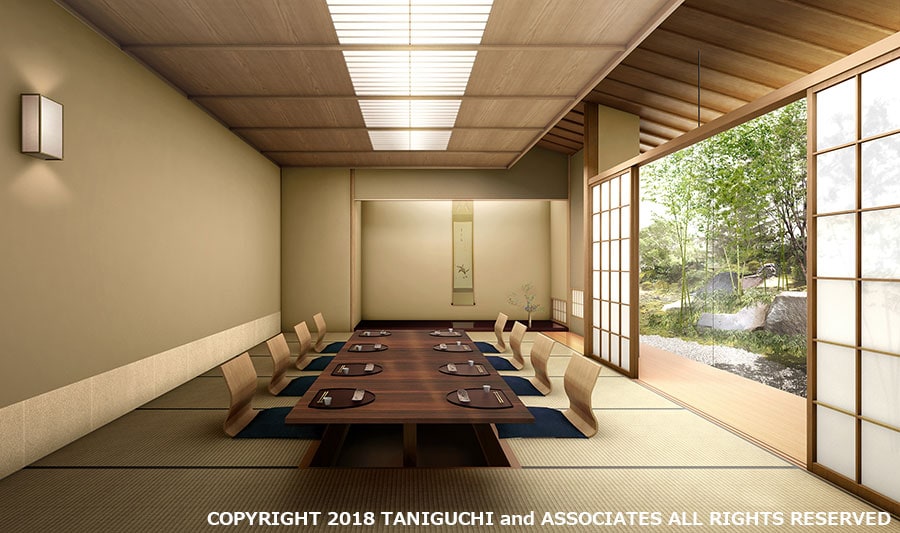
On the top floor of The Okura Prestige Tower, guests will take in fabulous views of the city while dining at historic Sazanka, the Japanese hotel trade’s original teppanyaki restaurant. Additionally, an all-day dining restaurant, Orchid, will serve a mix of cuisine with relaxing indoor and outdoor seating, and Toh-Ka-Lin will feature delicious Chinese cuisine.
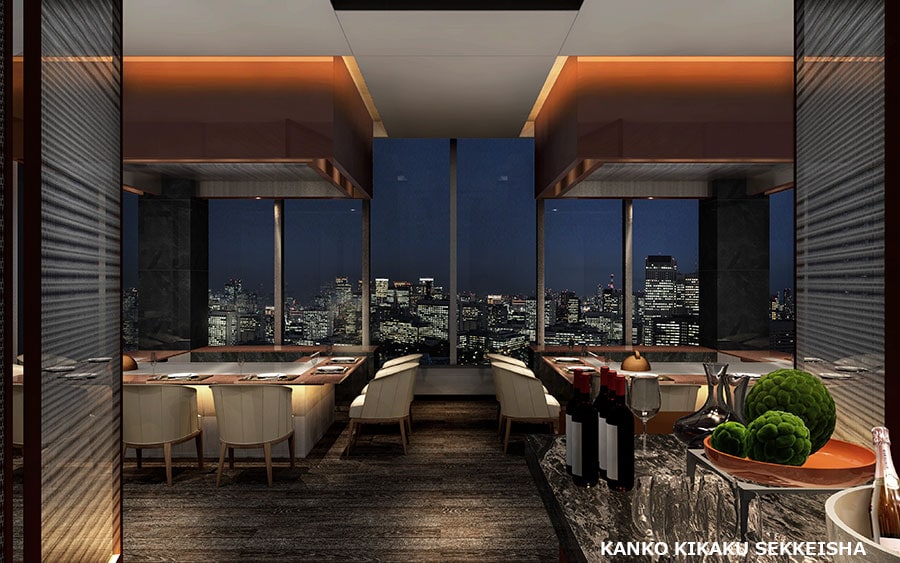
With rooms in 1960s dimensions and a hotel far from the latest standards for withstanding earthquakes, the Okura had been struggling to compete against foreign rivals. The 100 additional rooms, compared to the original hotel, will help tackle the shortage of hotel rooms in Tokyo.
The Okura Tokyo starts taking reservations – but for the Olympic Summer Games 2020 a Cary Grant fate awaits the eager travellers: All rooms are already booked.

